We visited Dayton, Ohio on the way to Oshkosh this year, primarily to see the USAF Museum (see previous posts) but also to visit some of the Wright Brothers historical sites.
The place where the Wright Brothers did some of their earliest work in aeronautical engineering is preserved to some extent by the National Park Service, their final bicycle shop building having been purchased by Henry Ford and moved to Greenfield Village in the Islamic Republic of Dearborn, Michigan (represented in Congress by Rashida Tlaib). The sidewalk celebrates the Wright Brothers as well as the equally important Phyllis G. Bolds:

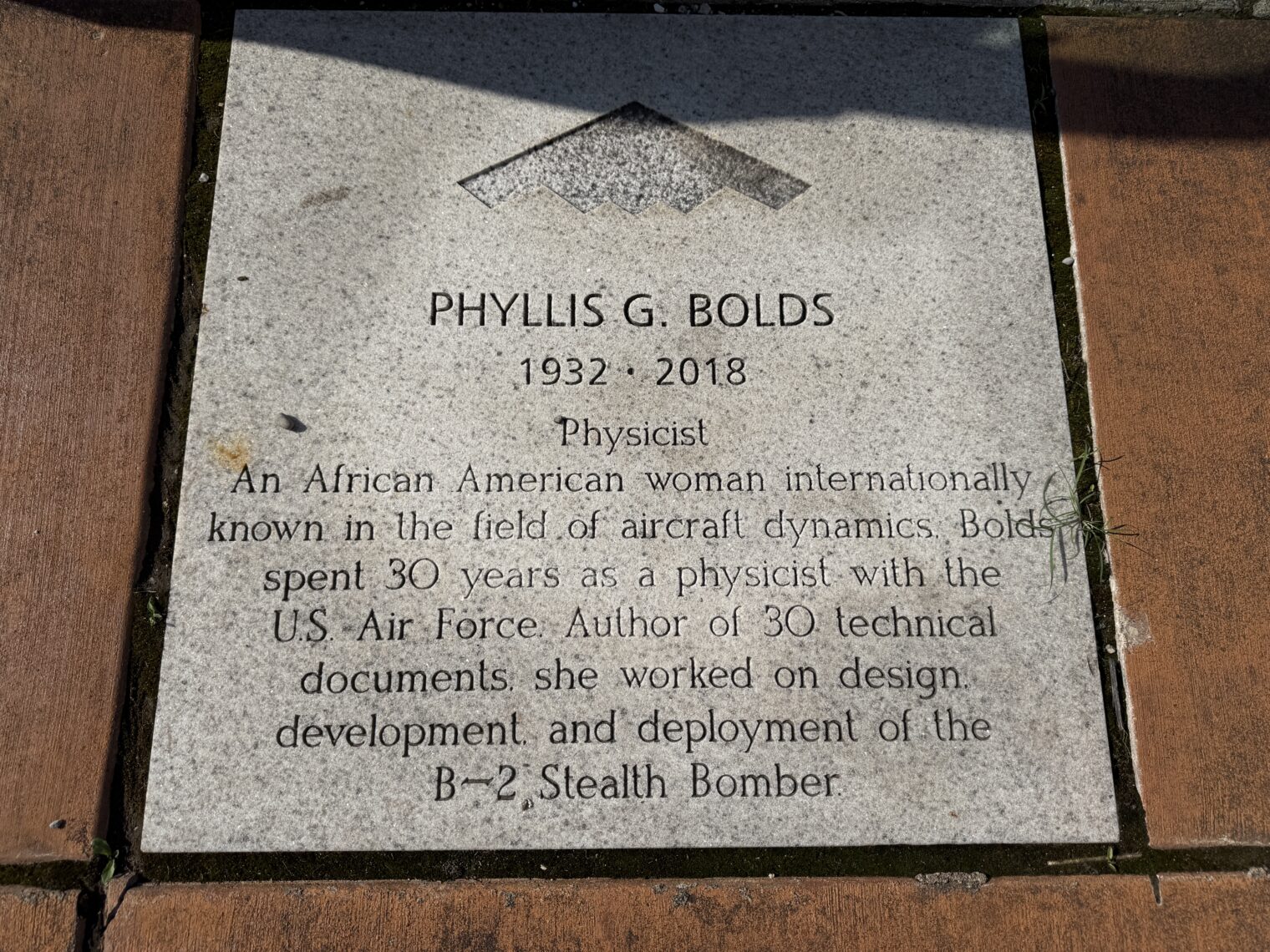
The museum celebrates the two Wright Brothers on equal footing with their friend Paul Dunbar (or maybe Paul Dunbar is 2X as important as either Orville or Wilbur individually since it is the “Wright-Dunbar Center” rather than the “Wright-Dunbar-Wright Center”?).
The Feds remind us not to forget Alice Dunbar Nelson, Paul Dunbar’s widow:
Here’s the neighborhood; note the $200,000+ G-Wagon in a city not famous for economic vibrance.
You can live in a brand-new (except for the shell?) 2BR, 3Ba condo in the neighborhood for about the same cost as the G-Wagon that was driving by.
Dayton is enriched by migrants according to an official city web page:
The city notes that “Between 2014 and 2019, the total population in the City of Dayton decreased by 0.2% while the immigrant population increased by +25.9% during the same time period.” In other words, the native-born population is shrinking while the migrant population is growing and, of course, it would be inaccurate to refer to this as a “replacement”.
After spending some time in a few of these Rust Belt cities I’ve come to the conclusion that the politicians who run them are passionate about immigrants because most of the native-born Americans who habitually work and pay taxes have moved to other parts of the country. The politicians hope that immigrants won’t be quick to figure out that the U.S. is a work-optional society and that these folks will pay taxes to replace the tax base lost to North Carolina, Tennessee, and Alabama. If the immigrants choose to refrain from work, on the other hand, the Rust Belt city can still thrive via the federal cash infusion of Medicaid, Section 8, and other programs (it would be inaccurate to refer to these as “welfare”, of course).
Dayton seems to have been significant enriched by Islamic migrants. We found Halal restaurants both in the city and suburbs. Google Maps shows a variety of mosques (masjids). The International Grocery Halal Market was near our hotel:
As part of Dayton’s commitment to welcoming these observant Muslim immigrants, much of the city was covered in sacred Rainbow Flags (July 13, shortly after Pride Month and Omnisexual Visibility Day and just before Non-Binary Awareness Week). Here is a sampling:
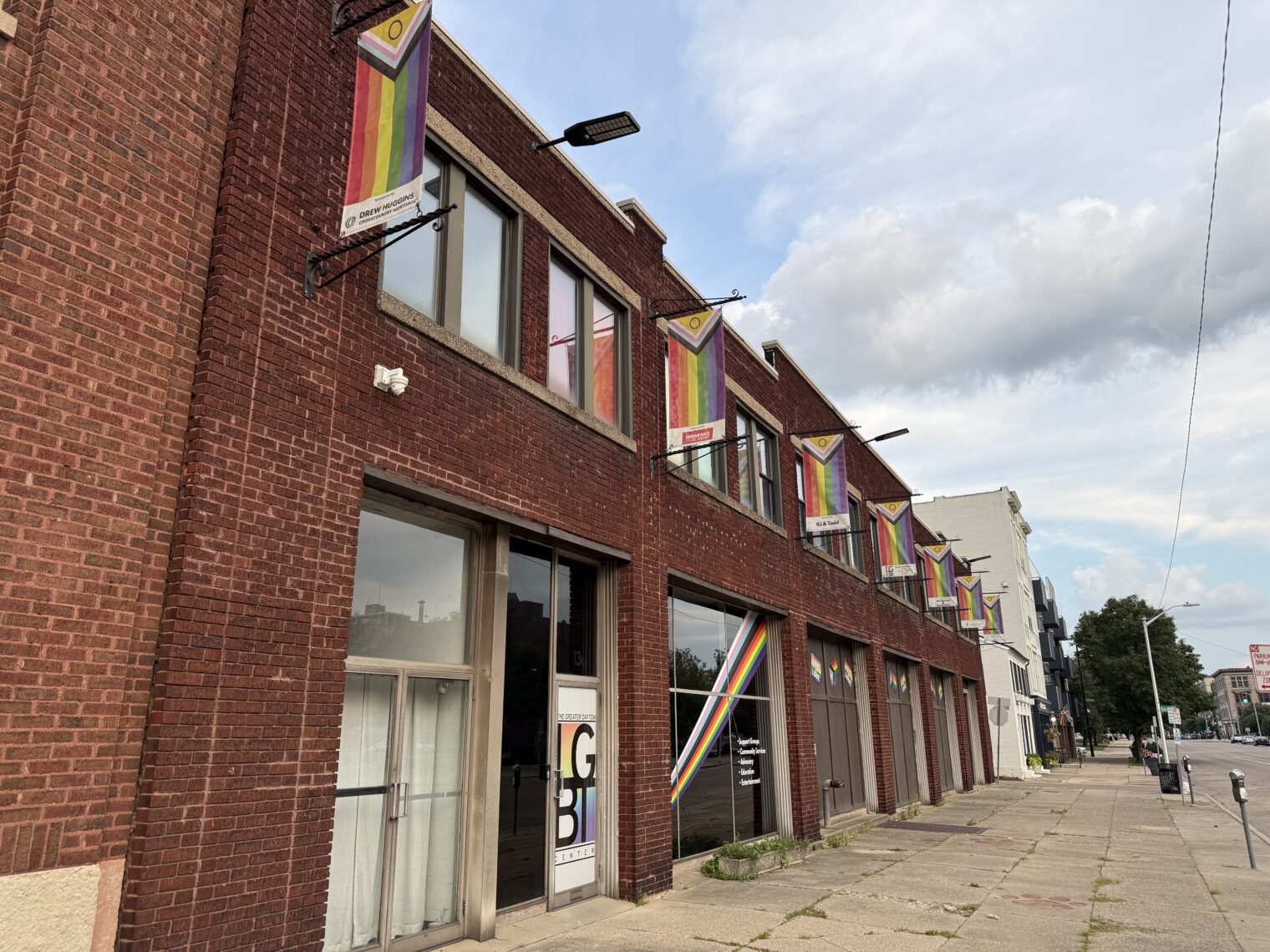


A restaurant flying the Biden-style trans-enhanced Rainbow Flag (note also the Black Lives Matter banner in front of the Black-free restaurant in a city where 38 percent of the residents told the Census Bureau that they identify as Black):
The field where the Wright Brothers did a lot of flight tests in 1904 and 1905 is preserved on the grounds on Wright-Patterson Air Force Base (no need to drive through the base gates to see the sights, though). The locals funded a monument at the crediting the Wright Brothers with the invention of ailerons, which was the basis of their patent infringement lawsuits:
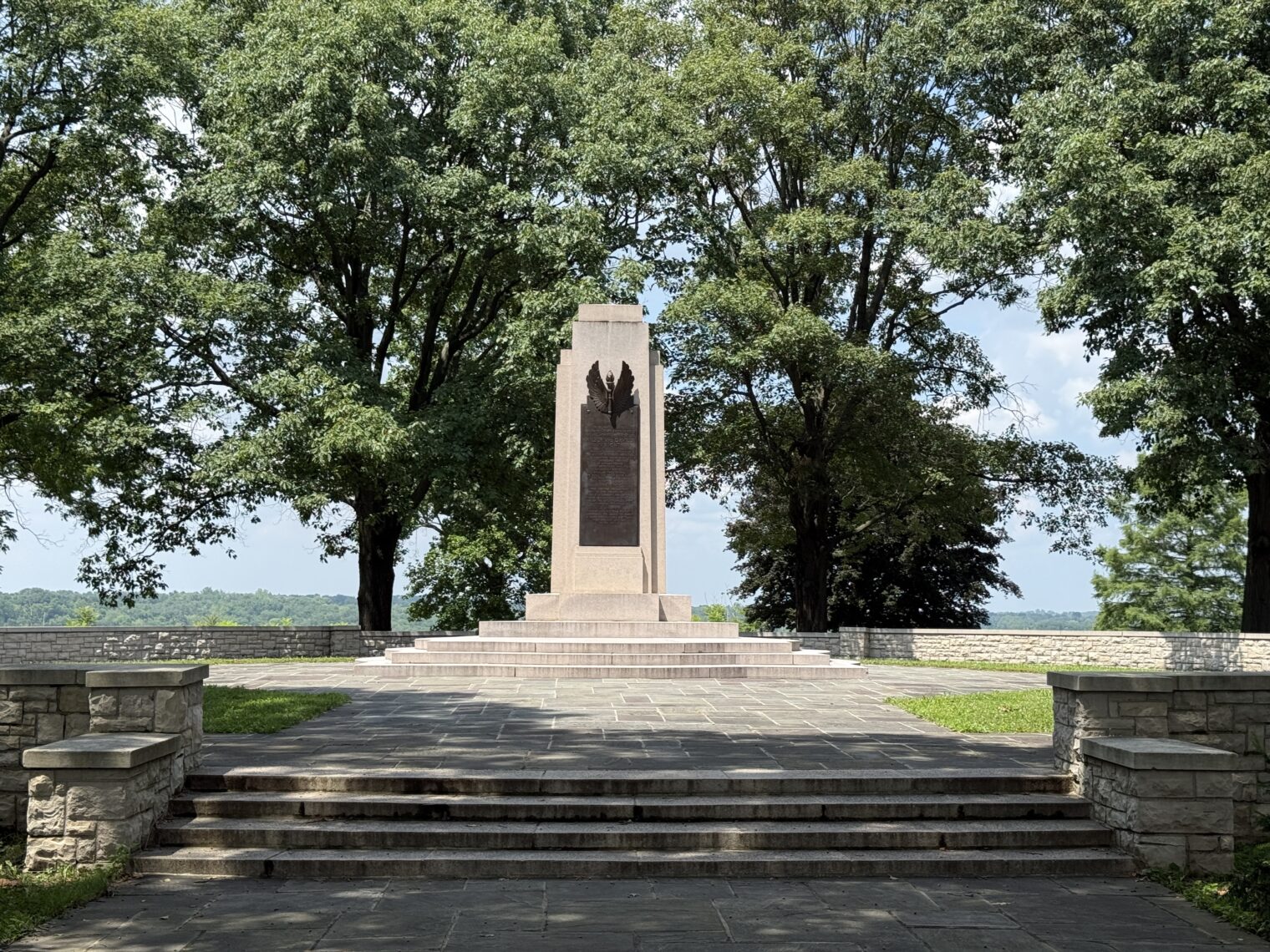
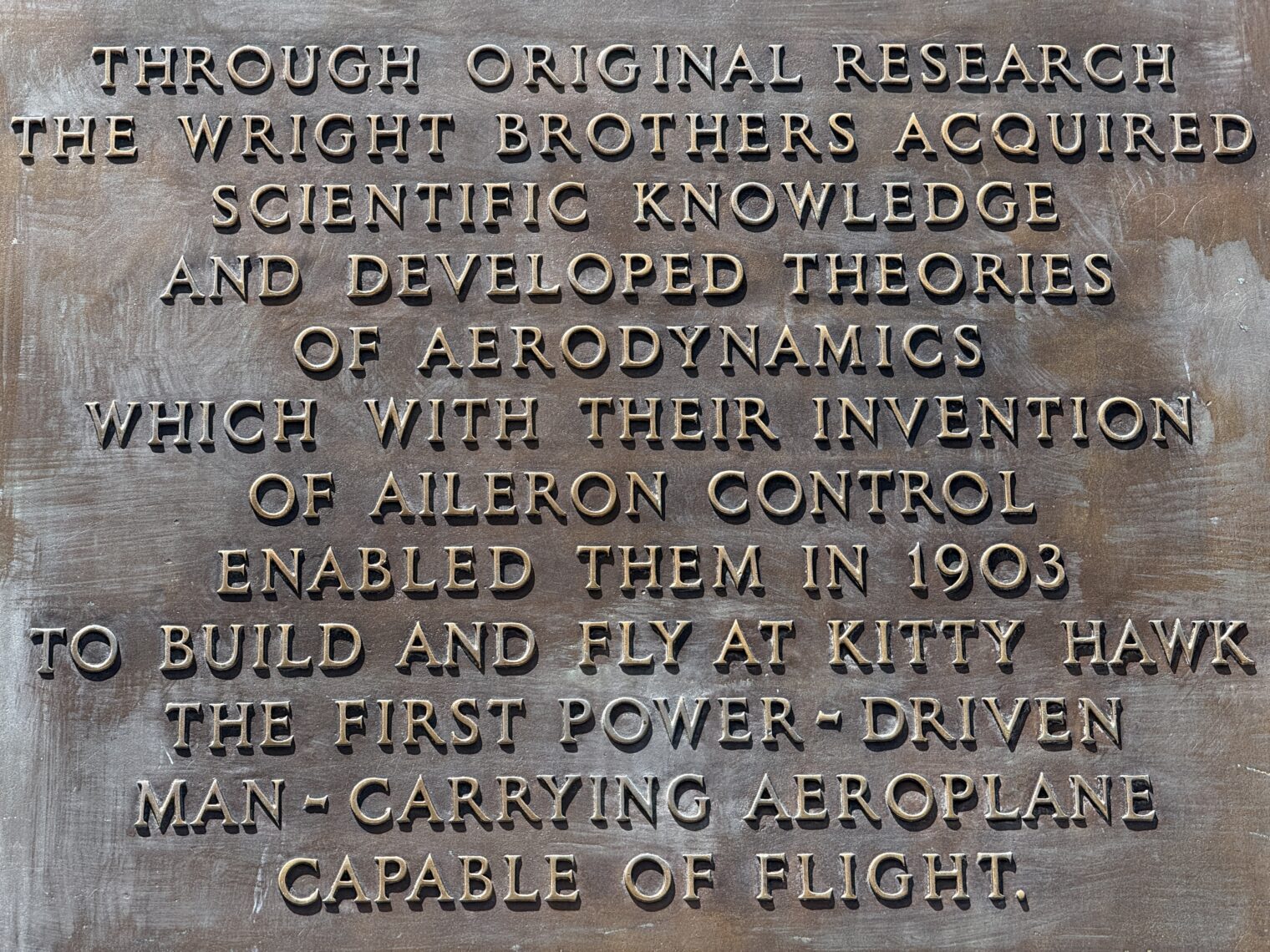
Here’s what our Google AI Overlord has to say on the subject:
Ailerons, used for controlling an aircraft’s roll, were first conceived by Matthew Piers Watt Boulton in 1868, who patented a system of lateral control using movable wing surfaces. While Boulton’s design laid the groundwork, the Wright brothers are credited with pioneering the use of wing warping for roll control in their 1903 flights. However, the modern aileron, as a separate, hinged control surface, is generally attributed to Robert Esnault-Pelterie, who used them successfully in 1904. Legal battles over the invention and its patent rights ensued, but ailerons eventually became standard on aircraft, particularly after their widespread adoption during World War I.
The actual field is dotted with explanatory signs:
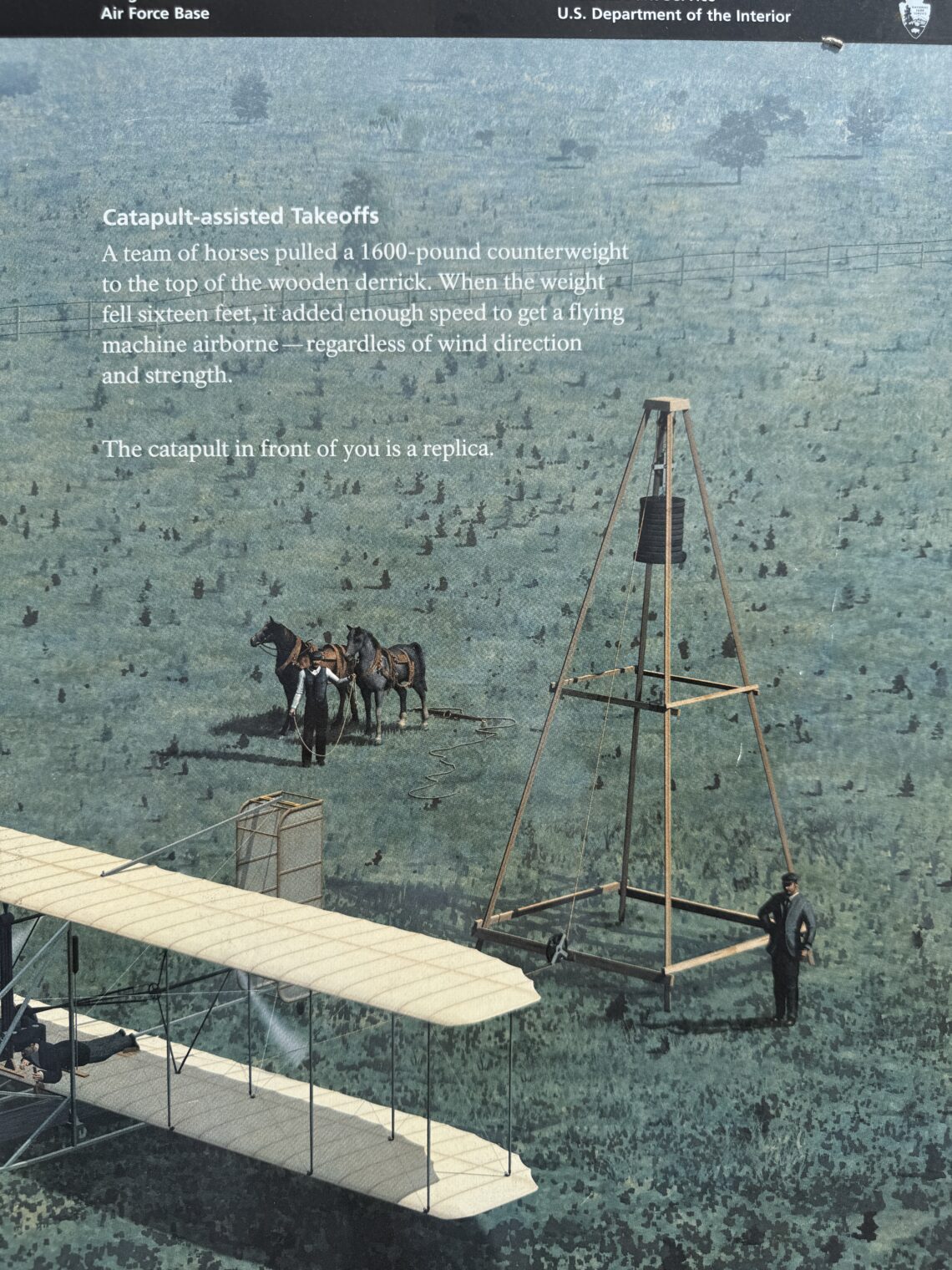

Although the city’s leaders value migrants, the prairie is preserved as special because it is “native”:
On our way out of town we found a world-class Mooney paint scheme:
Too bad that nearly all of today’s GA pilots are too fat to fit comfortable in this speedster!
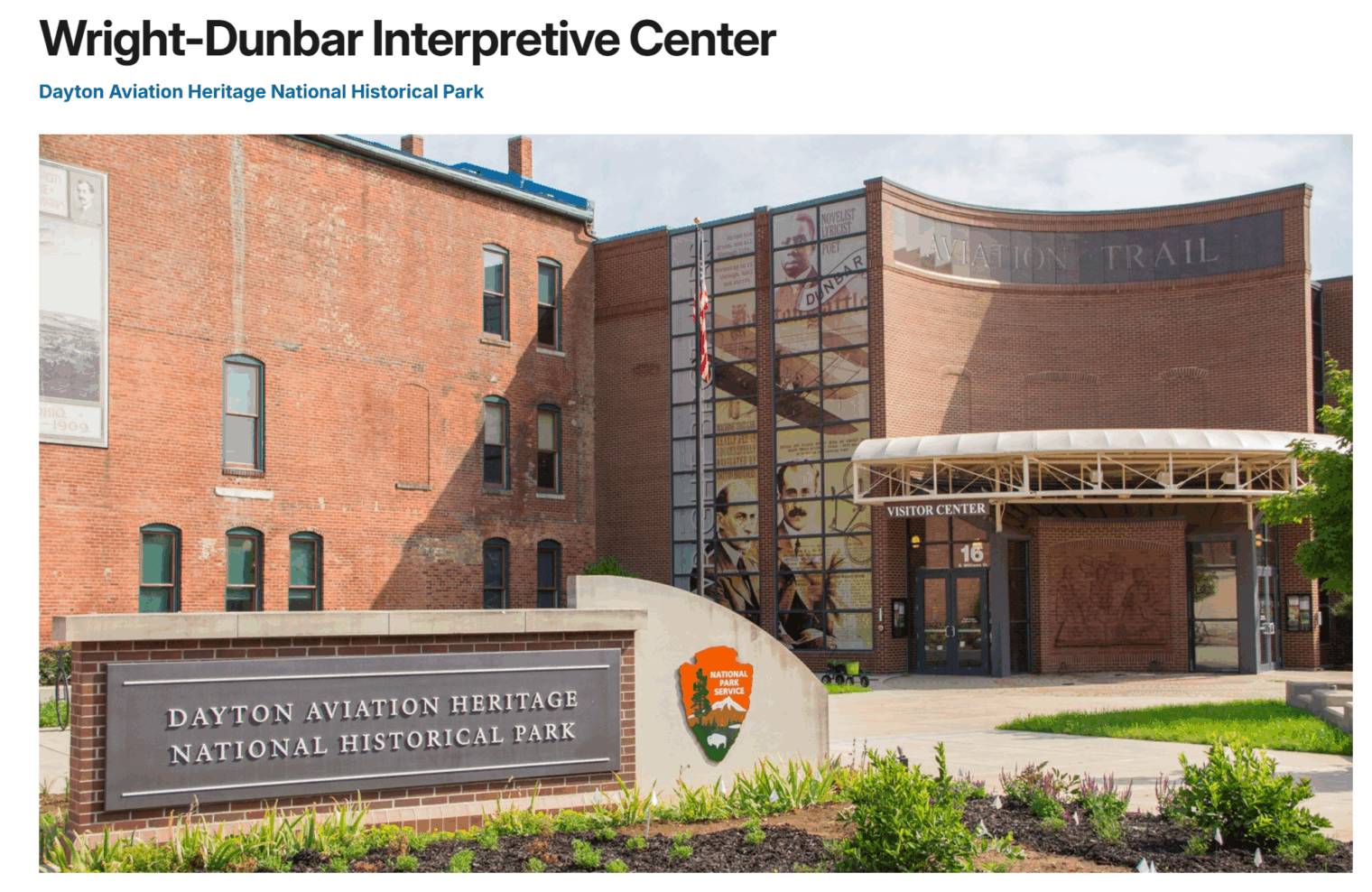
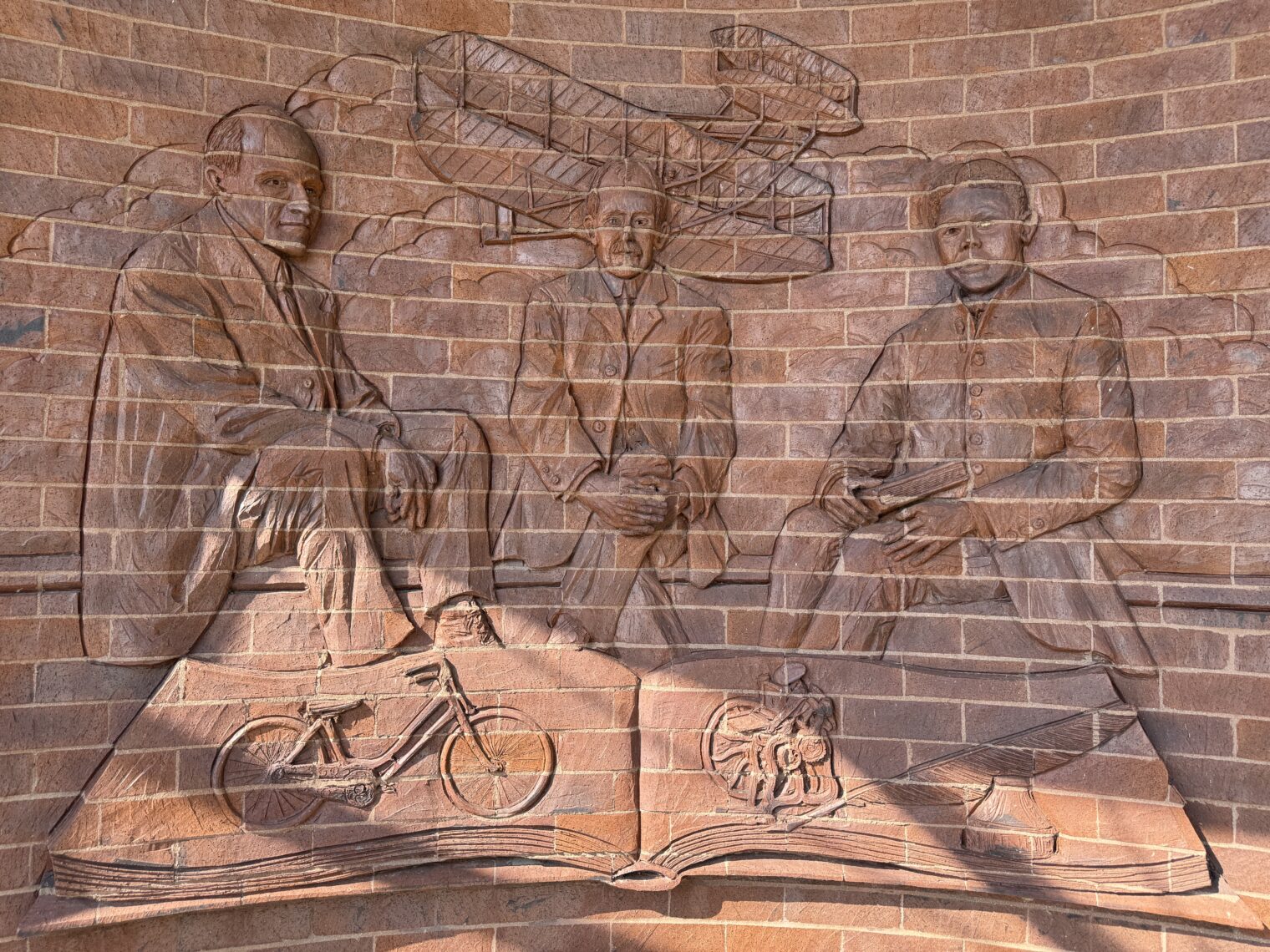
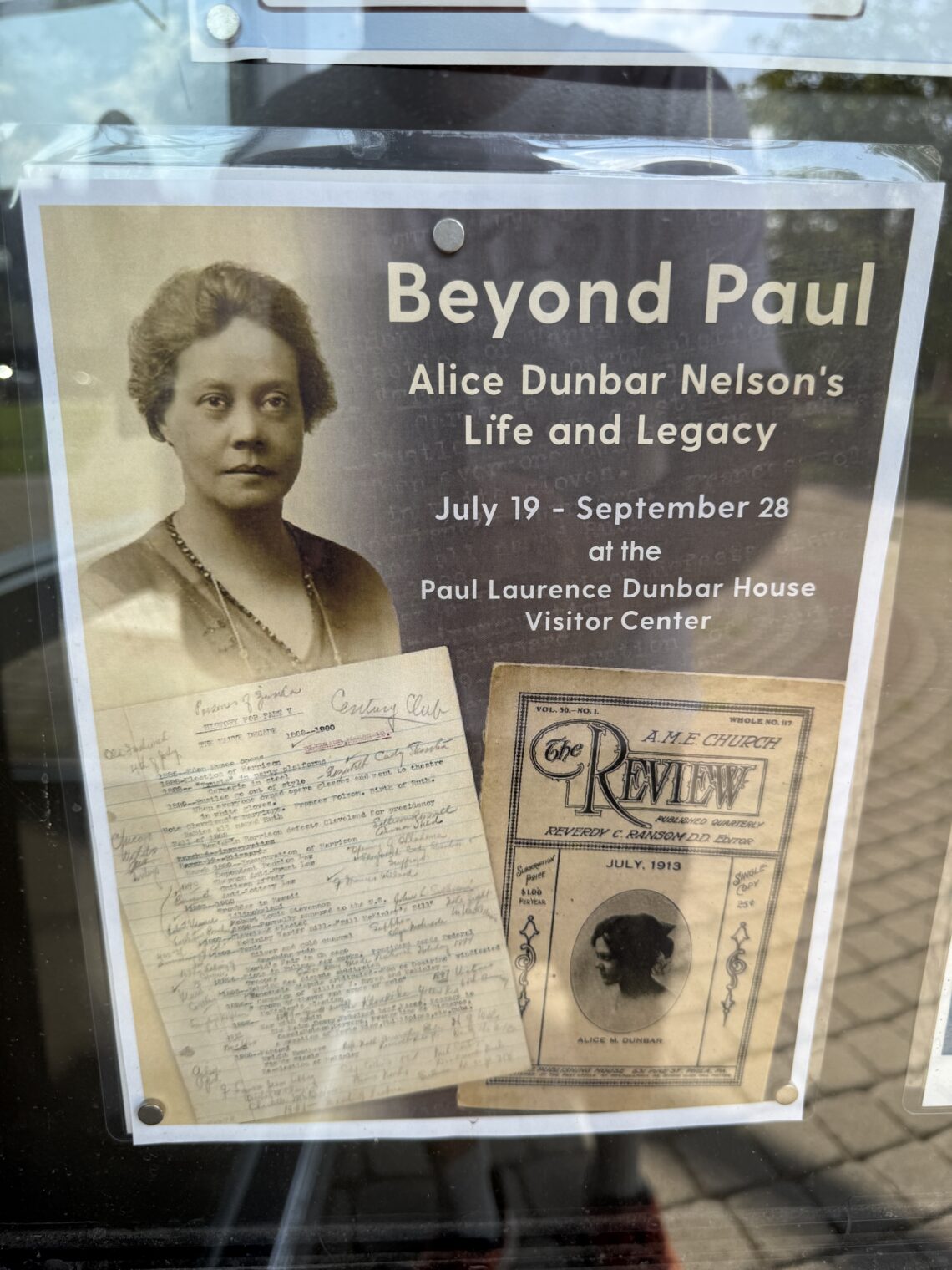




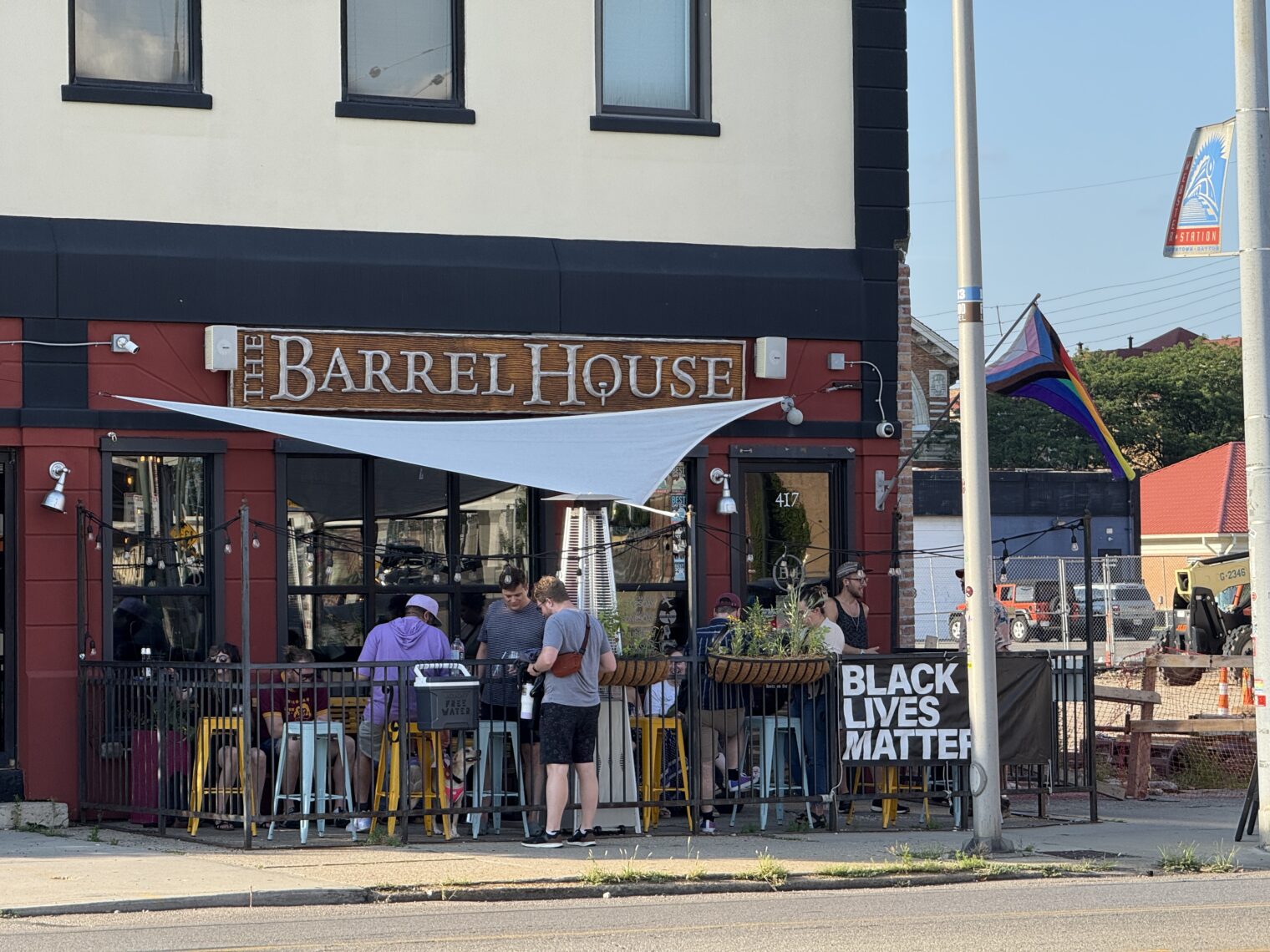

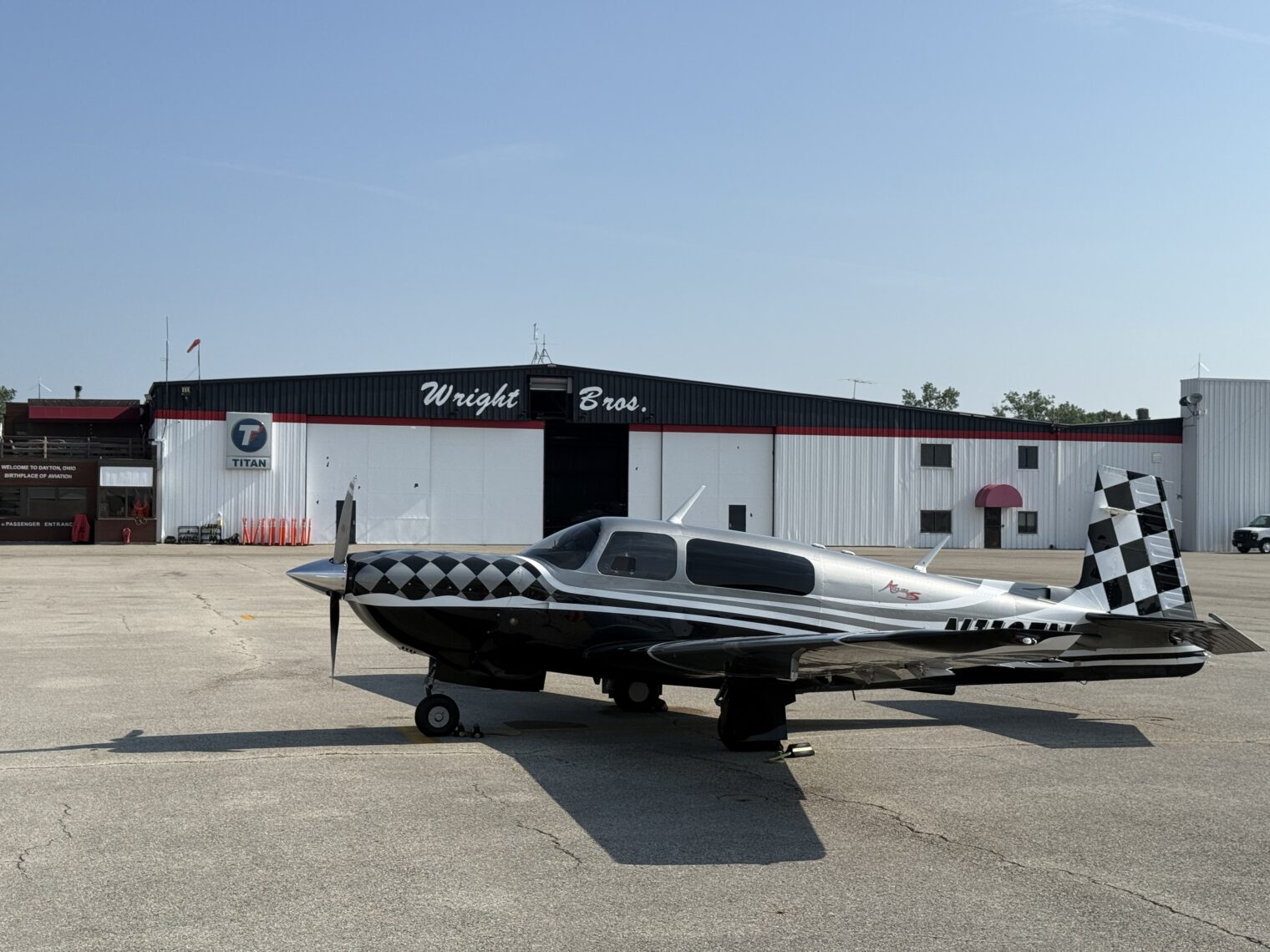
Fun facts: I went to grade school with one of the Mooney family–I think my dad’s company had a Mooney plane in their plane fleet–not sure why. My grampa had a bowling shirt at the time that looked like that paint scheme. Crylon Qwik-Spray with leading edge tape racing stripes?
Me and my neighbors are fat because we can’t get anything with whole wheat in it (Wonda-bred Country). I had to zoom in, but I saw that the pita bread had whole wheat–unicorn! Pita bread makes nice, quick mini-pizzas and the young uns can have fun topping them with what they like. Lamb head isn’t their fav.
Thanks for making this post less gauche, my cheap 1024×768 monitor struggled to keep up with the color gamut last week.
> gauche
Sorry, I meant “garish” or “gaudy”–I know it’s important to keep these comments of the highest quality in the Phil-o-sphere.
My wife said, “Like the Korean Moonies?” Everyone is a comedienne these days…no like the family that started the Mooney airplane company. She was a shy little girl, and I kind of ignored her, until I saw her in a bar when she was 25, wow was she cute. Then she ignored me. Story of my life.
Oh, and try using El Pato (Hecho en Mexico) sauce on the mini-pizzas, available in many fine Wal*Marts–not kidding, great stuff. Not sure if it has gone up with the tariffs though.
Caset Neistat’s buddy Graham Veysey was buying up buildings like that in Ohio to turn into condos. Gentrifying the midwest seems to be a big business now. Of interest to Greenspun, Hingetown was a redevelopment of Cleveland’s queer neighborhood.
Stuart, FL had some “luxury condos” that looked like repurposed Motel 6 rooms for $150K each. (I don’t even think they repainted them.) Probably not of interest to Greenspun.
https://en.wikipedia.org/wiki/Paul_Laurence_Dunbar
> Dunbar and his wife separated in 1902, after he nearly beat her to death
WTF? Was he locked up? Neither he nor his abused wife seemed to have much to do with aviation–correct me if I’m wrong. I think I spent more time in Harlem than his wife did, a Harlem Renaissance poet.
And what is the moral to this little story? I’d like to say, without loss of generality, “‘Written in stone’ has about as much credibility as Wikipedia in our modern confused world,” however, I’m never certain about anything Phil writes about. It’s not you, Phil. The Huck Finn in me wanted to quote some of Dunbar, in dialect; the book-burning censor in me won out.
Apparently, Disney’s much-loved movie “Mulan” had a song called “Written in Stone”–which is also apropos. (Thank you AI Search Assist hero!)
Actually according to “AI Search Assist’s” Big A.I. Brother, “Written in Stone” was *cut* from “Mulan” (those search assist bots use a sloppier, cheaper-per-query model–who cares as long as the movie gets a plug?). And if you think about it, that is again apropos to the discussion here. It seems like it was a central piece in the film, establishing the importance of tradition in China. Cut out when the artist had a personality conflict with a producer, maybe? *Poof*, reality changed.
It could be the cheap tequila in my Margaritas, but it really seems like sometimes interacting with the Internet alters reality. Some egghead at Cal Tech or Barnard should look into how so much distributed computing power and information affects the space-time continuum, combine Shannon, Turing, and Einstein…oh I forgot our tax dollars should go to more legit Womyns Studies research.
My whiteboard has “What is going on in the world? I don’t know and I don’t care!” written on it Back to that.
POTUS Trump share your distaste for woke museums
https://thepostmillennial.com/breaking-trump-says-smithsonian-is-out-of-control-will-be-dealt-with-like-the-colleges-were